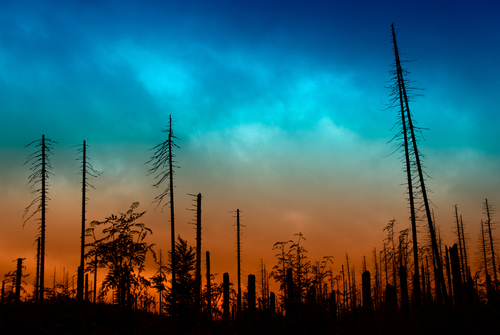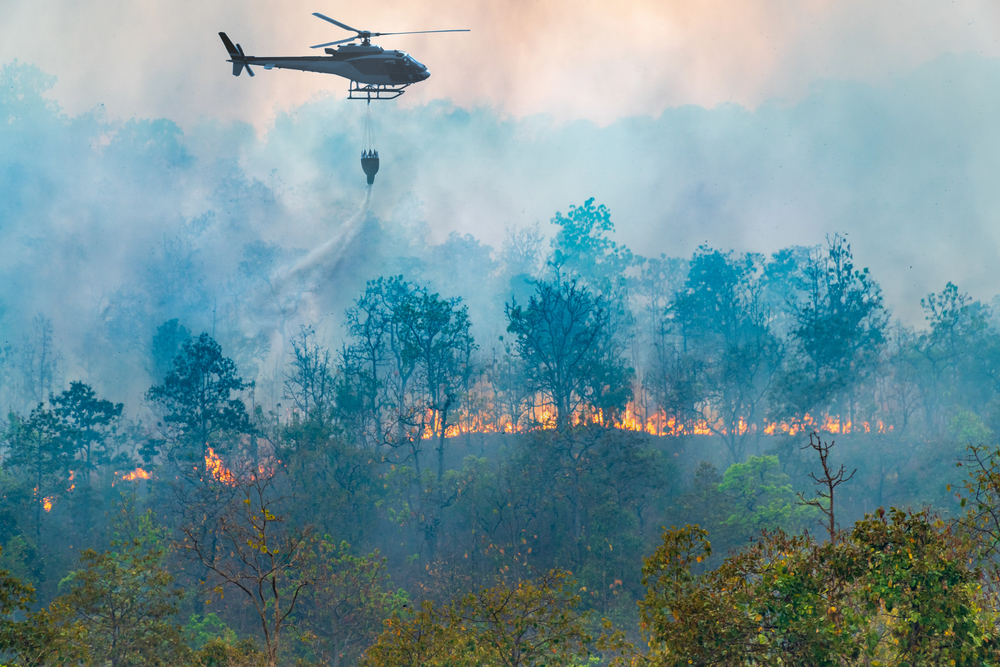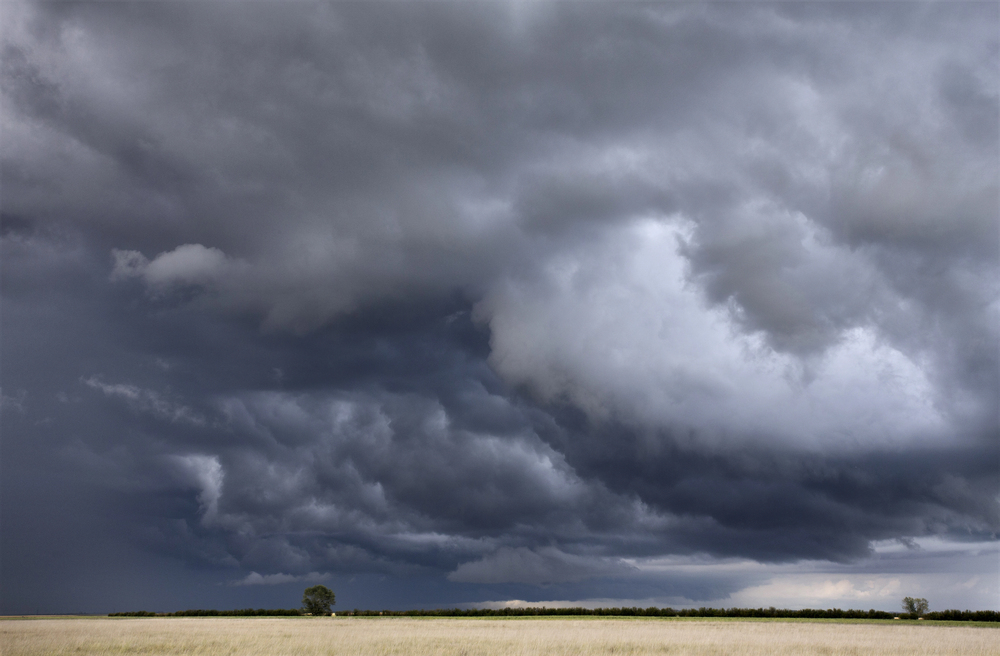State of Emergency: A Fire that Never Goes Out

By: Will Jones
When the Mendocino Complex fire broke out in Northern California in July, it grew into the largest fire in California’s history, burning over 450,000 acres. A week later, due to other massive wildfires that ravaged the region, a national disaster was declared in Northern California.
A year ago, 2017 became the state’s costliest wildfire season, causing $13 billion in damage, according to the Swiss Re Institute. A large portion of those losses was attributable to the Tubbs fire in the Sonoma and Napa counties, which resulted in $7.7 billion in insured losses—making it the world’s costliest wildfire ever in terms of insured losses, according to sigma, Swiss Re’s flagship research publication.
But 2018 is expected to be the most destructive year on record in terms of total acreage burned. Over the past two years, wildfires have raged with intensity across the U.S. From the turn of this year to Aug. 6, there were nearly 39,000 wildfires, compared to over 40,000 in the same period in 2017, according to the National Interagency Fire Center. About 5.1 million acres burned in that period in 2018, and 5.9 million in 2017.
The main causes of California’s wildfires are “a combination of drought, vegetation, dry fuel, heat and wind,” explains Janet Ruiz, West Coast representative, Insurance Information Institute. “Most are human-caused. It can be anything from a lawnmower or a car to fallen electric utility lines that spark a fire.”
Six of the 10 largest wildfires in California’s history occurred in the past decade, and nine of those 10 happened this century. The effect on the Golden State’s homeowners insurance market has been nothing short of cataclysmic.
Unlike hurricane-prone areas, where a storm might hit and cause huge losses once every decade, consistently destructive wildfires year after year in California have resulted in severely higher premiums. “It’s not a result of just last year’s wildfires,” Ruiz says. “It’s a result of the last 20 years.”
Although California permits, by application, a relatively shallow 6.9% maximum rate increase per year, “it just gets worse and worse,” says Paul Durrans, personal insurance broker with Interwest Insurance Services, LLC in Sacramento, California, an agency located near the heart of the some of the state’s most destructive fires. “It’s just gotten a lot harder to serve our clients.”
Durrans believes that the severity of the wildfires in California is in part a consequence of the 2008 economic crash. “California was in big debt,” he explains, and “all the programs for cleaning the shrubbery and brush got shelved.”
To make matters worse, “climate change has caused much wetter winters, which causes more vegetation. Then we have no rain from April to November, and all that growth turns into dryness,” Durrans adds. “It’s just a big mess.”
The threat of further losses has prompted a number of carriers to pull out of certain Californian property markets and hand out waves of non-renewal notices. Coupled with rising premiums, that means it’s a lot harder for agents to find coverage for their clients.
“When loss ratios are over 100%, it’s like every piece of business carriers are taking on is losing money,” Durrans says. “10 years ago, you’d have six or seven competing companies for one property. Now you’re lucky if there’s one standard market interested—I’m using Lloyds more than I ever used to.”
Durrans recently spoke with a client whose rate increased from $2,600 to $6,500. “She was crying on the phone,” says Durrans, who notes the client will likely have to relocate as a result. “There’s nothing I can do about it. It’s like the old days where people were losing their homes through loan modifications. Now, it’s through insurance.”
After years of losses, the carriers that remain in the market have responded by tightening acceptable FireLine scores—the risk rating system which considers factors such as fuel, slope, proximity to a fire hydrant, road access and vulnerability to wind-borne embers.
In addition to ordering inspections on almost every property, carriers have also started underwriting policies on a more individual basis, whereas before 500 or more homes might be considered on the same rate. “You could find that I live in the same street as you, but I qualify and you don’t because you’re slightly more elevated or there’s a little bit more brush in your area,” Durrans says.
“The insurance carriers will continue to get their 6.9% rate increase, but they’re not assuming additional risk of any type,” he adds. “They can almost cherry-pick what they do and don’t want. It’s not quite redlining, but it’s borderline.”
Will Jones is IA assistant editor.










